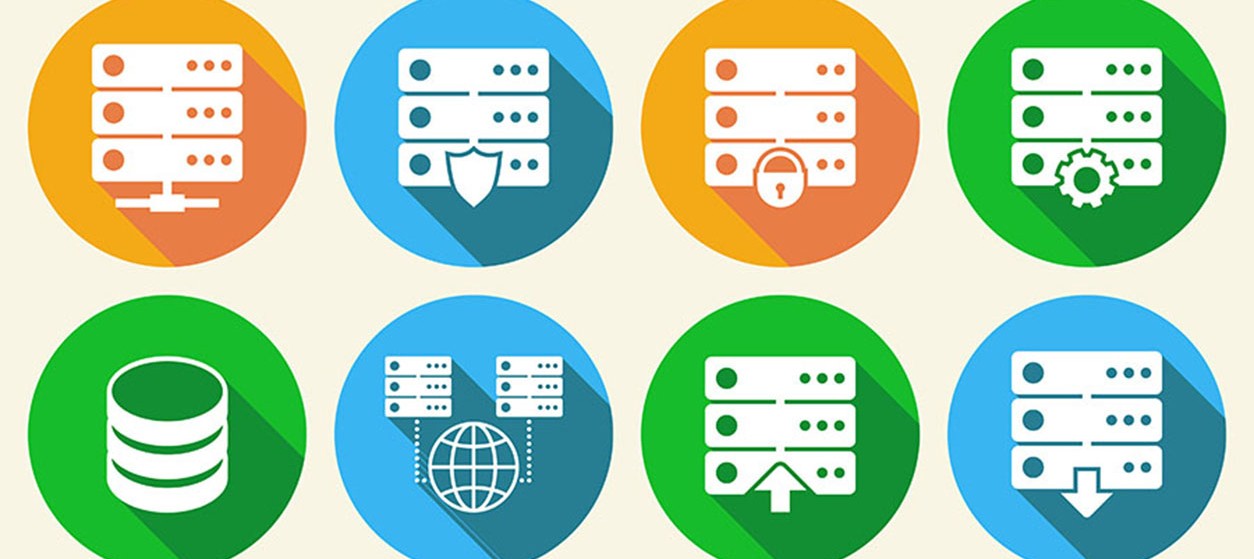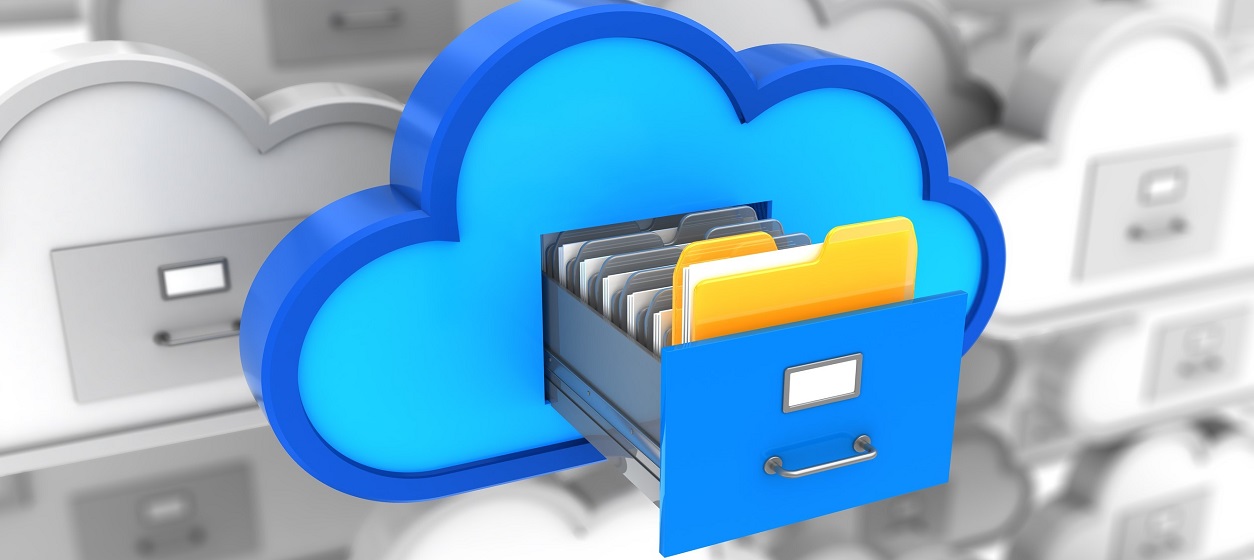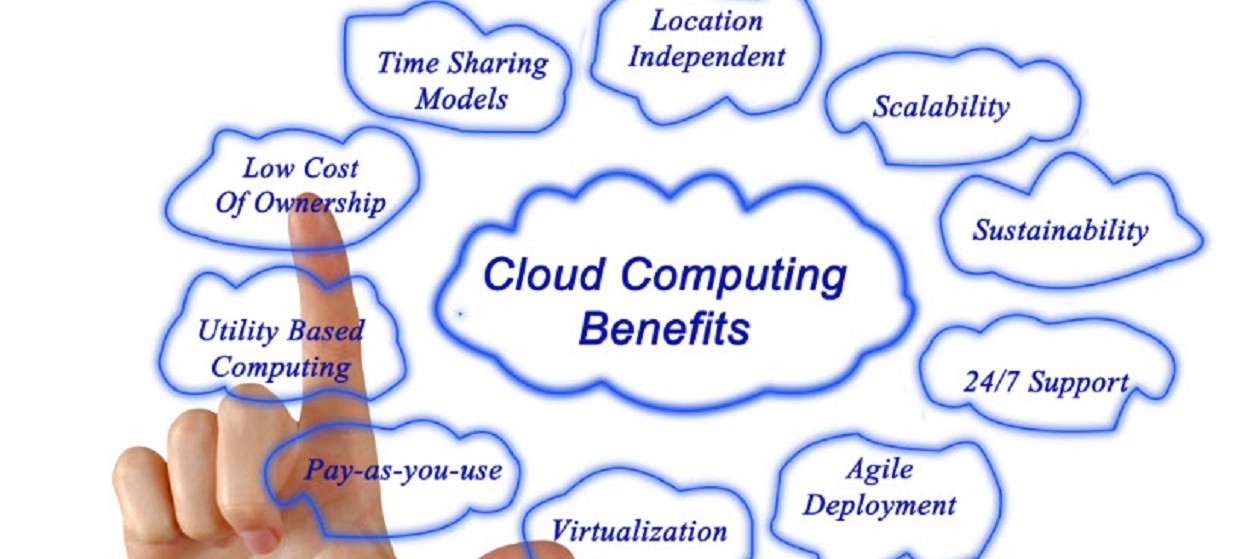The idea behind Infrastructure as a Service (IaaS) is hard to resist.
IaaS lets you access computing resources on tap. Depending on demand you can scale up or down without locking budget into idling servers or data centers. Service providers offer pay by the hour or pay as you go models, and you have the flexibility of using your own computing stack.
If you are in the market for infrastructure you are spoiled for choice. You can host your applications on AWS, Azure, Google Cloud Engine, Rackspace Open Cloud, IBM Smart Cloud Enterprise or HP Enterprise Converged Infrastructure, among others.
With these choices comes the problem of plenty. Each of these service providers has their own metrics and benchmarks, making it hard for potential users to make an apple by apple comparison. Furthermore, the features offered by these cloud providers are not the same, and there can be considerable confusion in this respect as well.
According to Gartner there are eight types of criteria through which cloud service providers can be compared. They are:
- Computer
- Storage
- Networking
- Security and access
- Service offerings
- Support levels
- Management and DevOps
- Price and billing
Depending on your requirements you may choose one cloud service provider over others. Here are some conclusions.
- AWS scores for scalability and automation
For instance if the focus is on scalability (compute, storage, and networking) and automation AWS is your best choice. It has about 5x the capacity of the next 14 cloud providers, and has the most mature set of offerings across data warehousing, analytics and databases domains. With a user friendly dashboard, robust APIs, and features like Dynamo DB NoSQL database and Lambda event-driven computing platform it’s trivial for AWS customers to provision resources on the fly.
- Is security and ease of access paramount? Use AWS
In the security and access parameters AWS also comes out on top. If your application hosts critical data and if you have a requirement of high performance across multiple regions AWS is likely your only choice right now. AWS has multiple regional and availability zones, letting you host applications and data in the locations nearest to the user. This ensures that no matter where your user is performance will be at optimum levels.
- Use Microsoft technologies? Azure it is
However one area where AWS is not a good fit is if you are a Microsoft shop and you use MS technologies like .Net, Exchange, Visual Studio, Hyper-V, Sharepoint, SQL Server or Active Directory. In this case Azure would be a great fit because of smooth integrations. For example it is easy for enterprises to create hybrid clouds with Azure if they are using Office 365. With AWS integrations are done by partners and enterprise customers might have to take on additional expense of maintenance.
An additional reason for using Azure is that Microsoft offers double digit discounts to existing customers if they sign long term enterprise agreements.
- Look at SLAs
Forget the number of instances you can run, or the price per VM while evaluating cloud providers. During your evaluation start with the SLAs and read them with a fine toothed comb to determine whether what’s laid out fits your needs, and also whether you have chances of getting compensated if there is a service outage. Look for things like how well in advance a service provider gives users a heads up when they change SLA terms: a longer period is better because it gives enterprises more time to adjust and mitigate risks (Azure offers a 60 days heads up over AWS which gives 30 days).
Here is a handy comparison table for various cloud SLAs.
- Third party integrations matters
Your clouds will not exist in vacuum. You will need to be able to integrate existing enterprise apps with the cloud so that data can flow without any bottlenecks. In this respect AWS with its extensive third party integrations is hands on the best choice.
AWS users can integrate almost 2000 third party apps in the AWS Marketplace across multiple categories like software infrastructure, developer tools, business software etc. Additionally the Amazon Partner Network companies have built over 10,000 products on AWS cloud.
Azure’s and Google Cloud Platform’s offerings are comparatively limited. Azure splits its offerings across multiple platforms with a focus on Microsoft’s own offerings while Google is just getting started.
Conclusion
For most companies AWS is the default IaaS provider of choice. But even so, you need to establish your own success criteria for the cloud before selecting a vendor.
Segment your criteria list into required, preferred and optional buckets, and work your way downwards. Ask for customer references, and run pilot projects on multiple clouds to determine which best fits your needs.
Oh, and don’t forget to negotiate discounts and get clarity on the pricing- you don’t want to be hit with a massive invoice because of hidden services.










